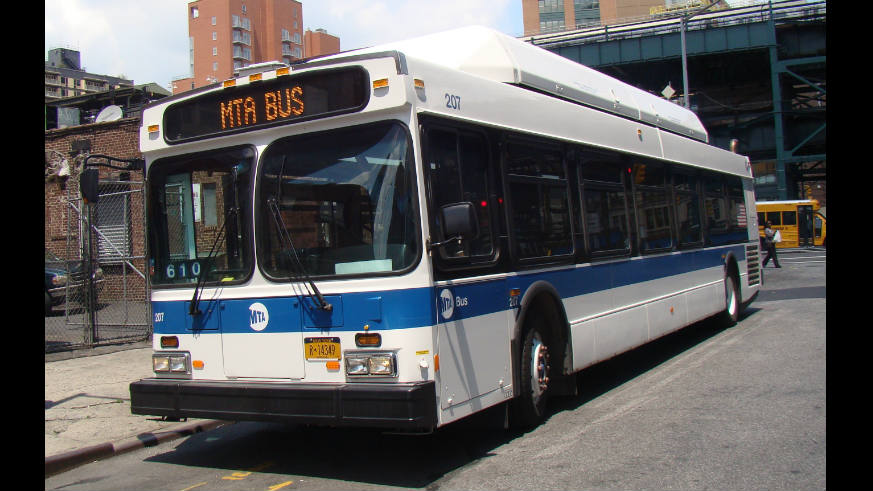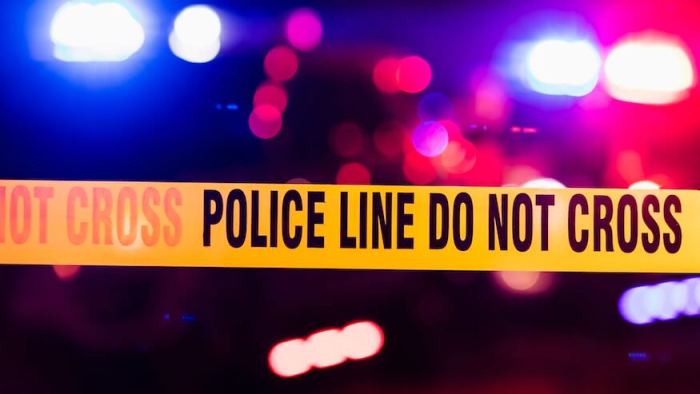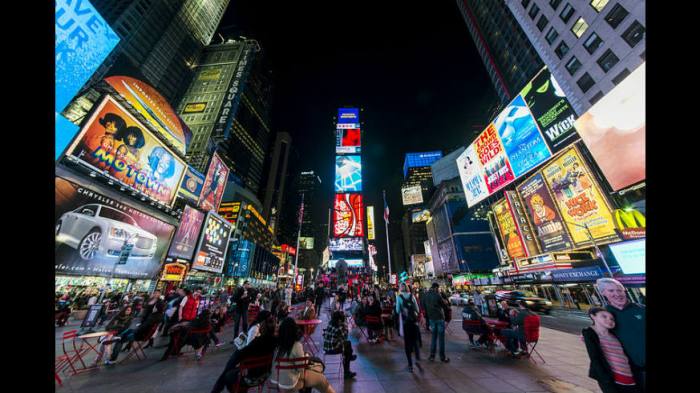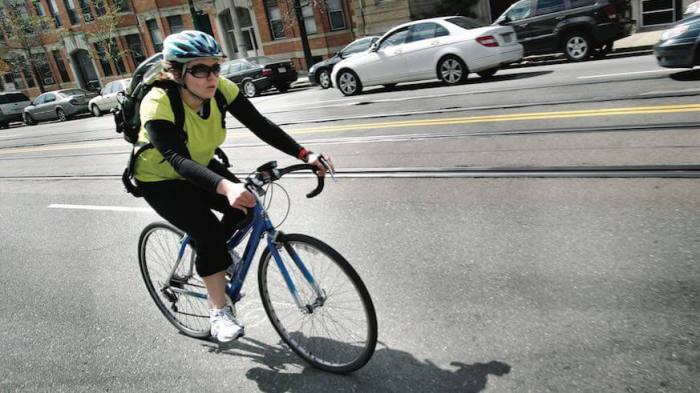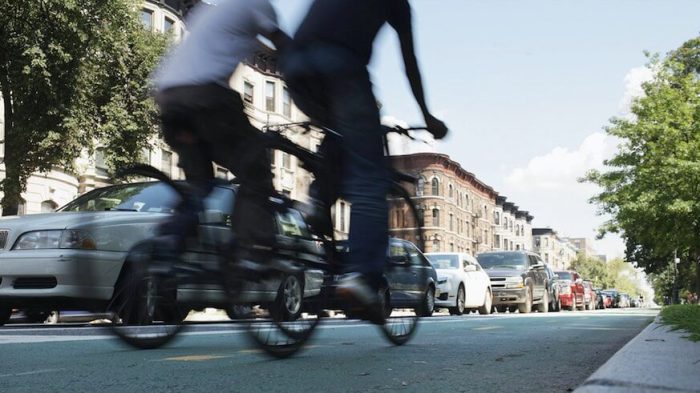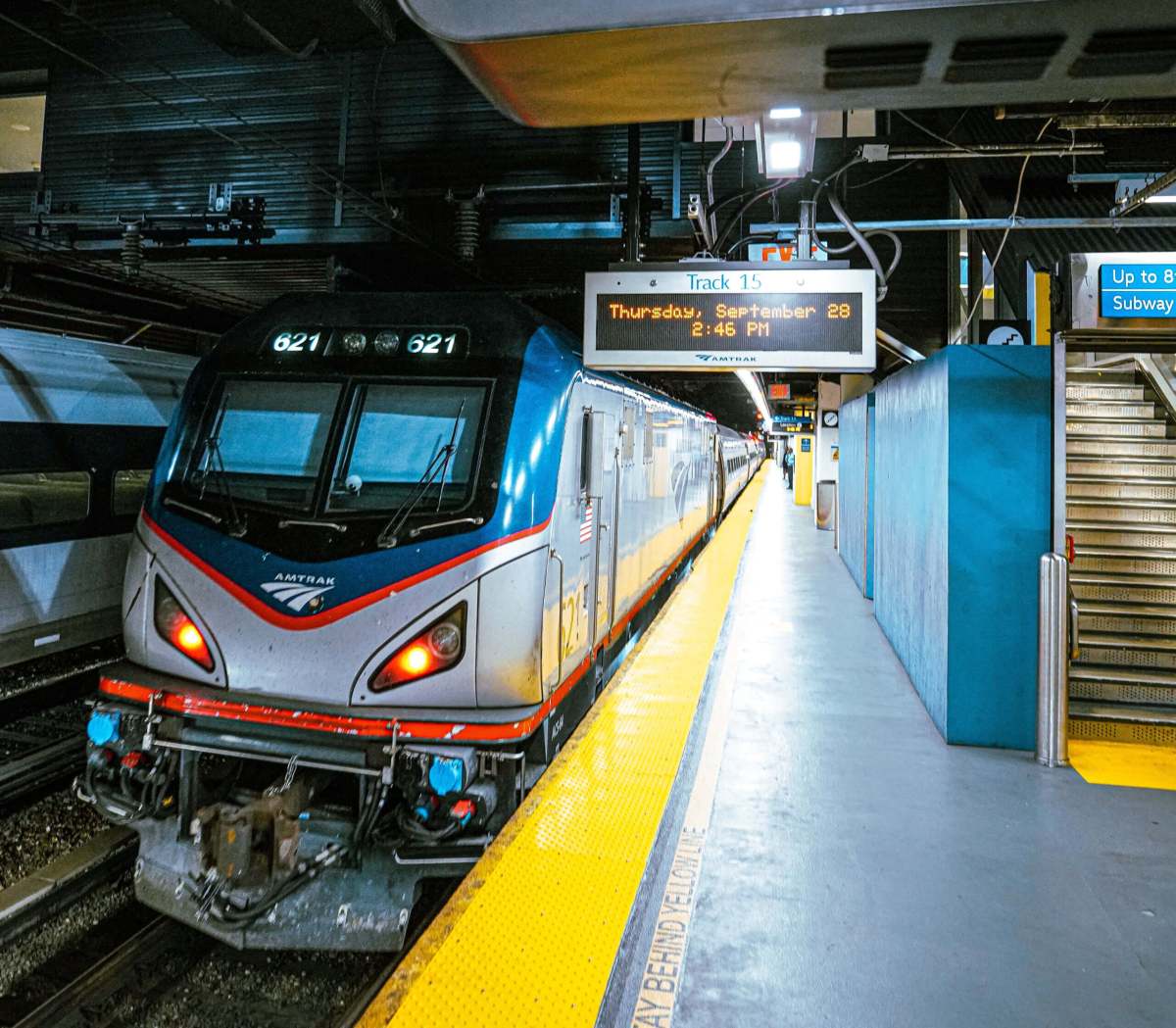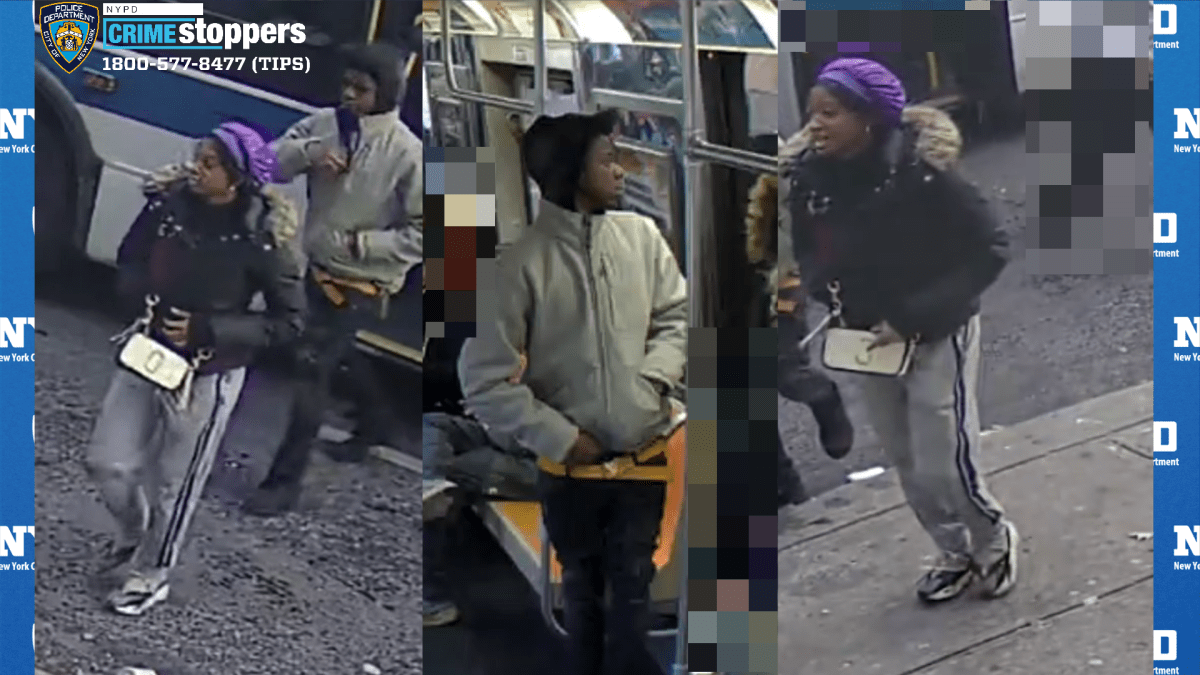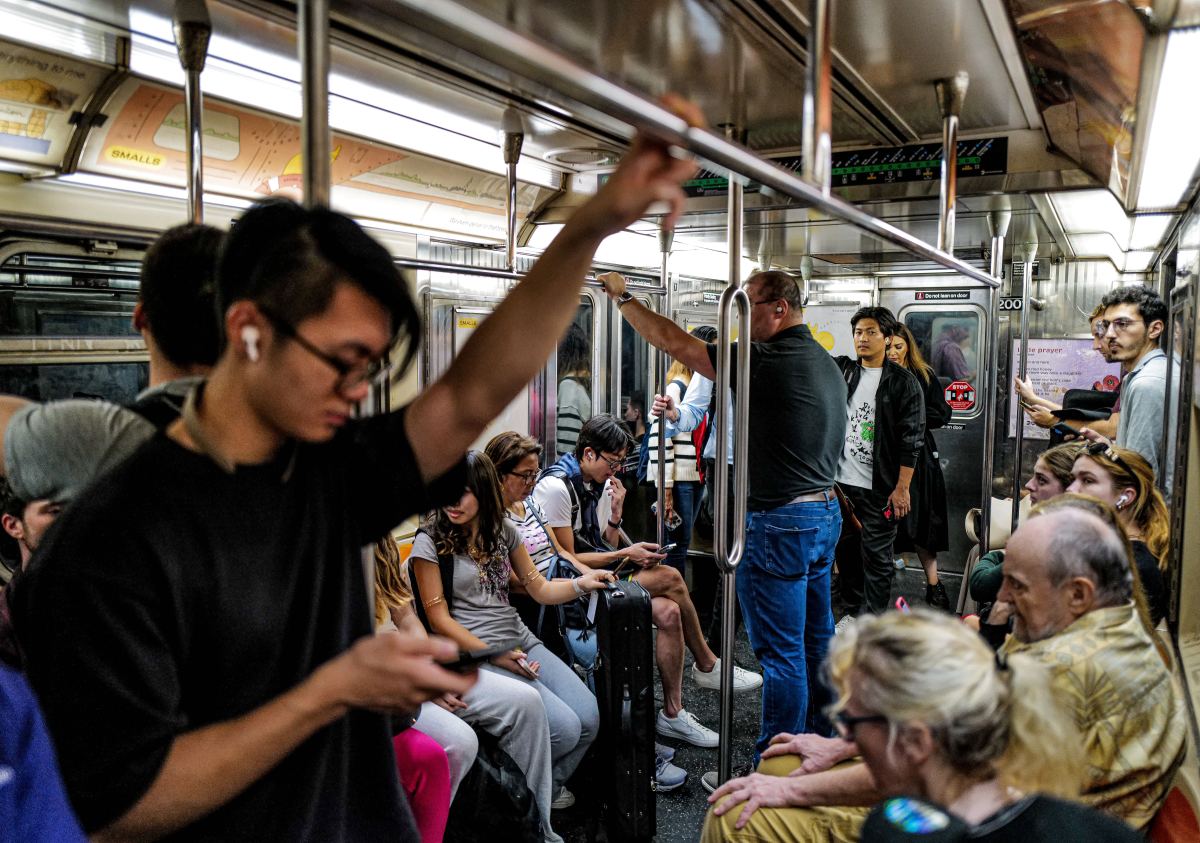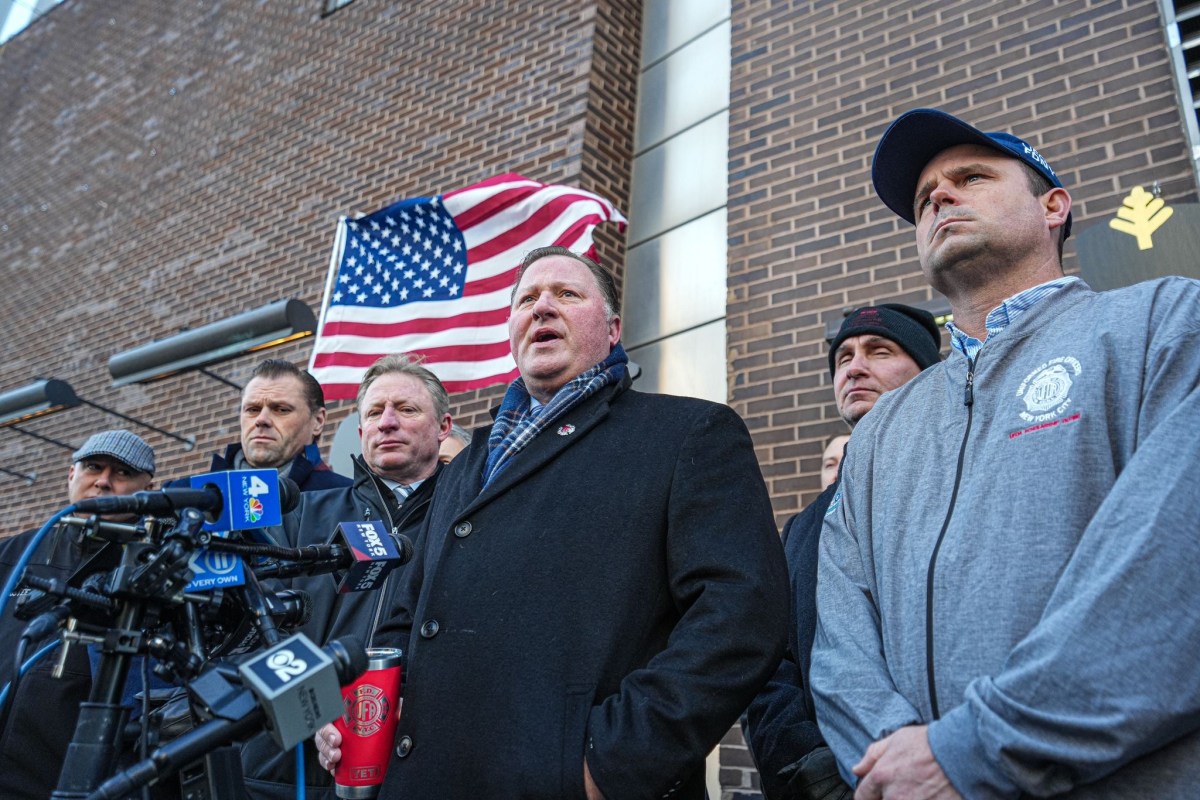In the last eight years, the MTA bus system lost 100 million passenger trips, according to a new report released on Monday by New York City Comptroller Scott M. Stringer. The buses traveled at the slowest speeds in the country compared to other major cities —in some cases, one could walk faster than an MTA bus, according to Stringer’s office.
The Other Transit Crisis: How to Improve NYC’s Bus System, Stringer’s new report, found that the decline in bus trips “disproportionately impacts immigrant and lower-income New Yorkers since they make up the highest share of city bus riders.”
“For forty years, our subway system deteriorated, and it has led to the frustration that New Yorkers now feel daily,” Stringer said. “Today, we’re sounding the alarm on our bus crisis. Falling ridership, major slowdowns, and a bus infrastructure in decline is having an effect across the five boroughs. If we’re going to have a thriving economy tomorrow, we need to rebuild our bus system today. Of course, we have to focus on our subways, but we need to have a bus system that is the envy of the world.
“By unleashing innovative technologies, as well as honing in on strategies that improve reliability and service, we can change the game for New Yorkers. This cannot be a problem that is swept under the rug – this is an economic and social imperative that is critical to our future. The status quo is unacceptable, and we have to do better.”
To improve the city’s bus system, Stringer’s report calls for a series of reforms, including a comprehensive review of the bus network to better align with new job centers and changing neighborhood demographics and enhanced coordination between the MTA and DOT.
“Comptroller Stringer’s study is a sobering reminder of how much the MTA and DOT have allowed bus service to lapse over the last several years,” Executive Director of Tri-State Transportation Campaign Nick Sifuentes said, “but it’s also a valuable roadmap for how to get service back on track. The MTA and DOT should prioritize these recommendations, especially transit signal priority, all-door boarding, bus lane expansion and enforcement, purchasing electric battery buses, and rethinking the network to make sure buses go where commuters need to be.
“The best time to make these fundamental changes is now: with the L train shutdown looming and the governor signaling that congestion pricing may be part of the funding solution for the MTA, surface-level transit will be more important than ever, and riders will expect to see substantial improvements in bus service.”
To read the entire MTA bus reform package and the full report, click here.

